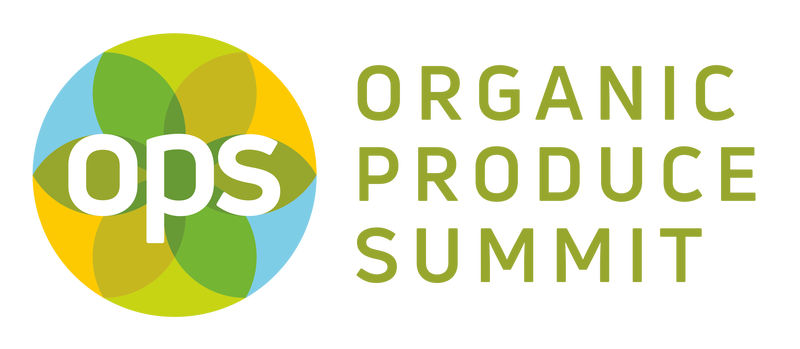Agro-K Improves Nutrient Uptake in Organic Crops
August 19, 2021

For more than 40 years, Agro-K has been a leader in the development of biological products that improve crop quality and storability through scientific research. The goal is to help clients while encouraging sustainability.
“We manufacture foliar nutrients, and we have sort of specialized in next-generation or newer types of chemistry that have enhanced uptake,” said Sean Jacobs, technical sales and marketing representative for Agro-K, headquartered in Minneapolis, Minnesota.

Sean Jacobs, Technical Sales and Marketing Representative, Agro-K
Among the products the company manufactures are what are known as phosphites, which Jacobs said move easily through vascular tissues of plants known as the phloem, which allows the nutrients to go up to the plant’s leaves and down to the roots.
“We manufacture foliar nutrients, and we have sort of specialized in next-generation or newer types of chemistry that have enhanced uptake.” -Sean Jacobs
“Most nutrients tend to move in what’s called the xylem, and that is just a tube that goes from the soil to the leaves, and the atmosphere is pulling the moisture through the plants, so it’s really just going up; there’s no downward flow,” he said. “Some of [our nutrients] with the phosphite formulation are able to move to the phloem, so you can get things down to the roots and up to growing shoot tips, where there isn’t necessarily a large evaporative or atmospheric pull drawing nutrients through, so you have some enhanced movement of nutrients.”

The company offers a line of organic products that Jacobs said are largely micronutrients and which are effective, though there are limitations in terms of what can be done regarding types of formulations when dealing with organics. He explains that micronutrients are nutrients in plants in very small levels and which the plants need. Micronutrients include iron, zinc, copper, boron, and nickel, among others.
“We produce products with many of those nutrients, and we cover almost all of them (some of the really small ones are harder to deal with),” Jacobs said. “We also have some calcium products, which fall into the macro or larger volume of nutrients.”

Agro-K’s organic initiatives also include its partnership with NovaCropControl, a Netherlands-based firm that conducts sap analysis.
“Traditionally in agriculture, you have soils you take samples from for nutrient composition,” Jacobs said. “You take samples from the water, and you take samples from different parts of the plant, whether it’s a leaf analysis or a fruit analysis or potentially a tissue analysis, depending on what you’re looking for.”
Agro-K’s organic initiatives also include its partnership with NovaCropControl, a Netherlands-based firm that conducts sap analysis.
He added that leaf analysis traditionally involves analyzing dried, ground-up leaf samples.
The leaf analysis gives "an understanding of the nutrient content of your leaves, which gives you an indication of how your fertilization program [is working] and whether you need to add something or not add something,” Jacobs said.
NovaCropControl’s proprietary extraction method involves removing the plant’s petiole.

“They’re able to pull the sap out, analyze the nutrients, and give a report on that analysis,” Jacobs said. “In doing so, they’re able to extract the sap that is basically around the cells in the plant. They're not crushing the leaves, so you’re not getting nutrients that are inside the cell or nutrients that are in the cell wall or other organelles within the cell.” The benefit of doing an extraction this way is that it evaluates the nutrients that are flowing through the plant.
“When you do a leaf analysis, you get everything—all the nutrients that are assimilated into the cell wall, into the organelles, and also the sap and even the surface on the outside of the leaf if you spray something that didn’t get into the plant,” he said.

These nutrient products get into leaves better than traditional materials and provide a more detailed and accurate specimen.
Jacobs also said the sap extraction process involves looking a week or two, even a bit longer, into the future to see how the plants will respond once they’ve started assimilating those levels of nutrients.
“When you do a leaf analysis, you get everything—all the nutrients that are assimilated into the cell wall, into the organelles, and also the sap and even the surface on the outside of the leaf if you spray something that didn’t get into the plant.” -Sean Jacobs
“When you’re dealing with organic nutrients, largely, they are slower to get into the plants,” he said. “The more time you have to see what’s going on, the more time you have to correct something. It gives you a better opportunity to increase your yield or prevent a disease, and that can result in tremendous benefits to organic growers.”

